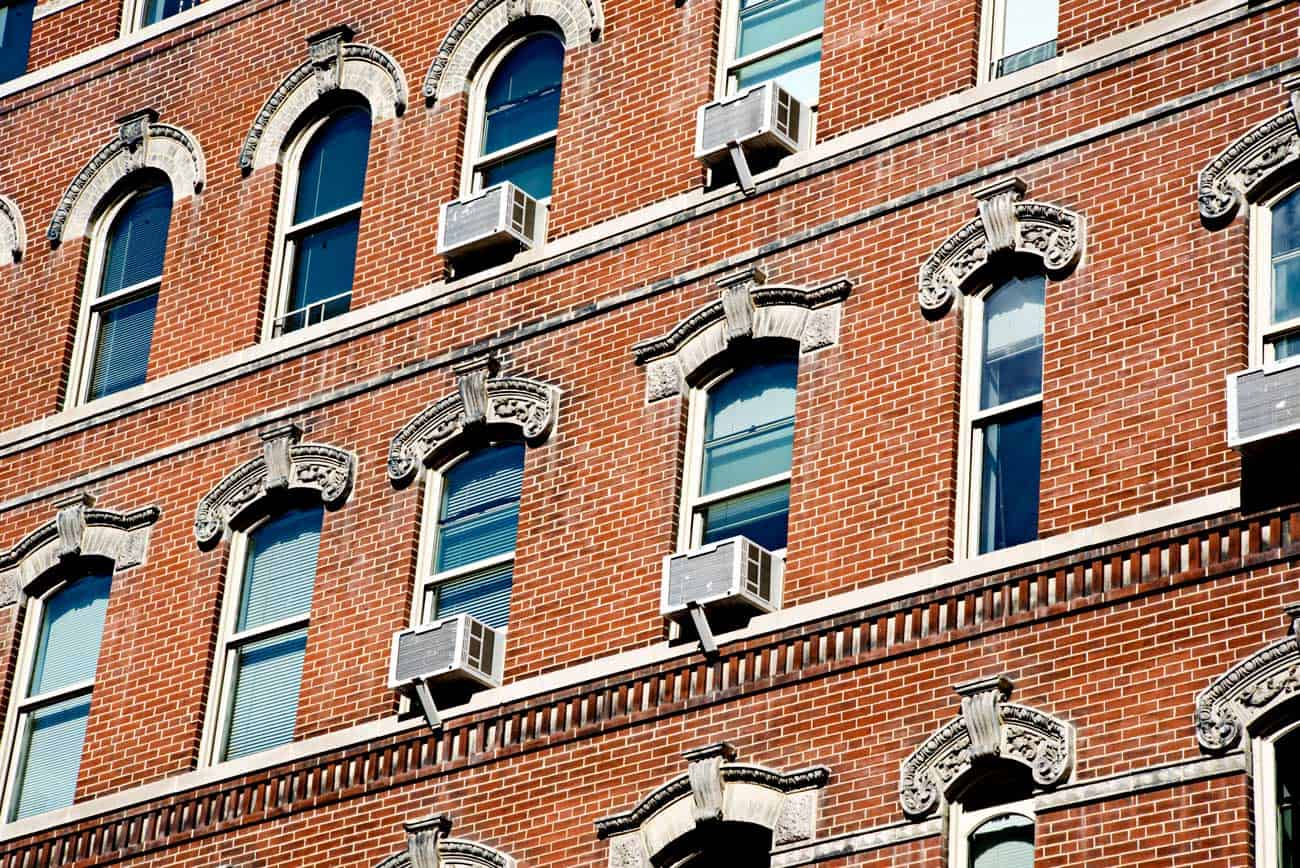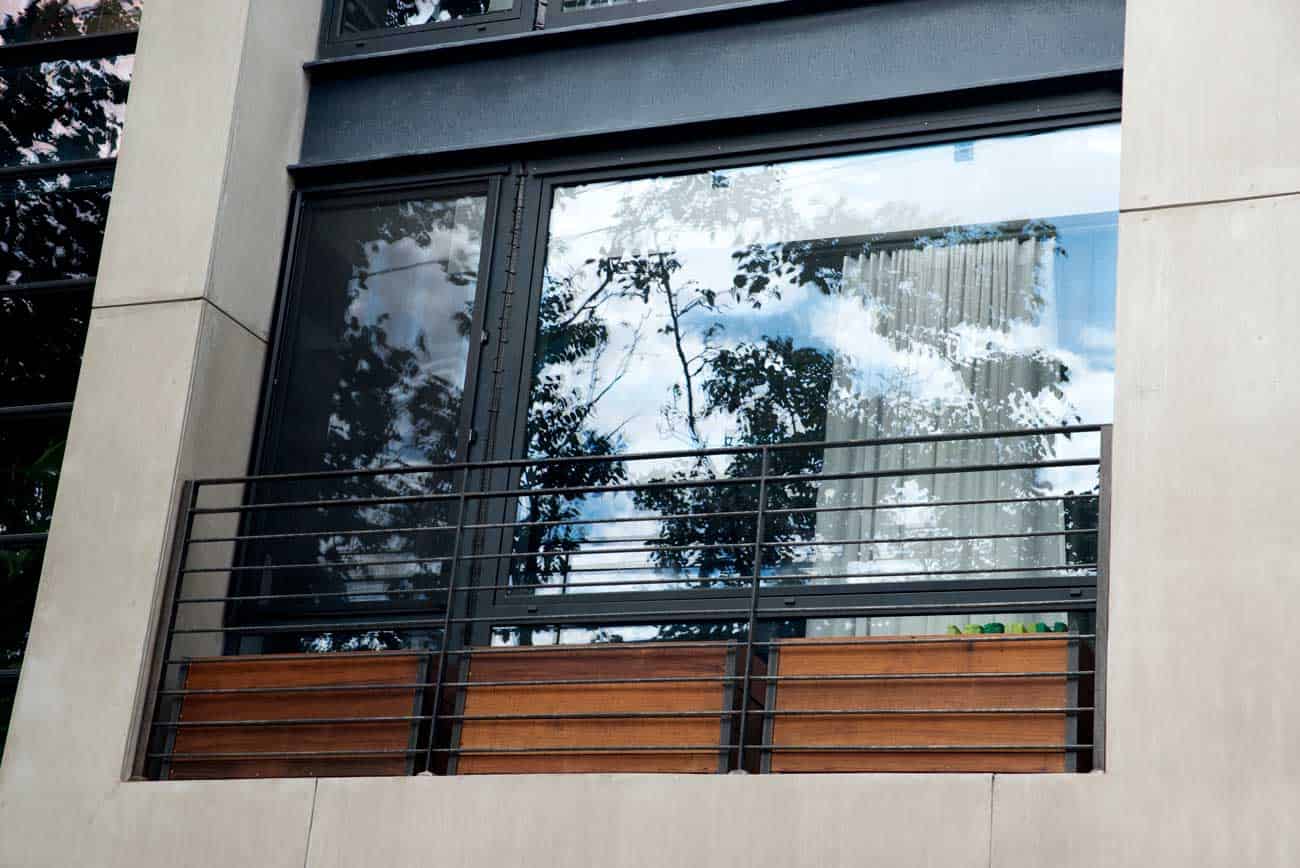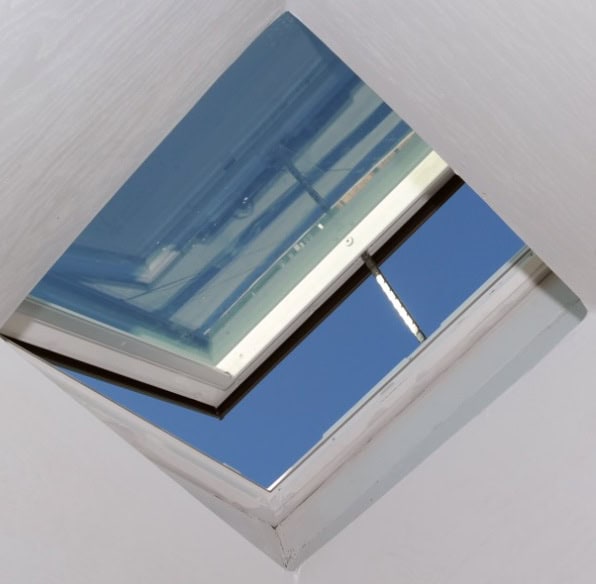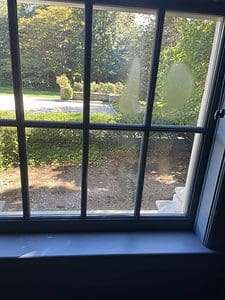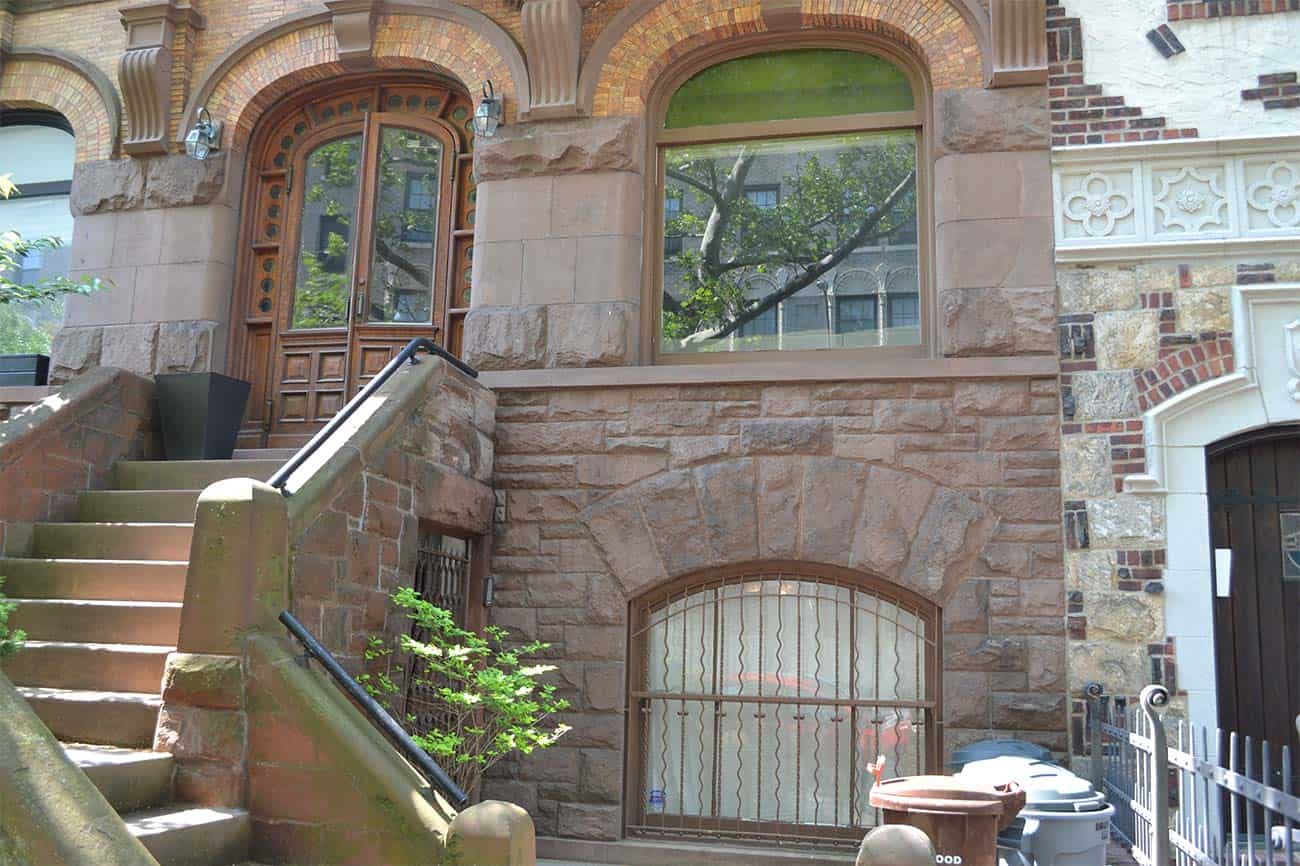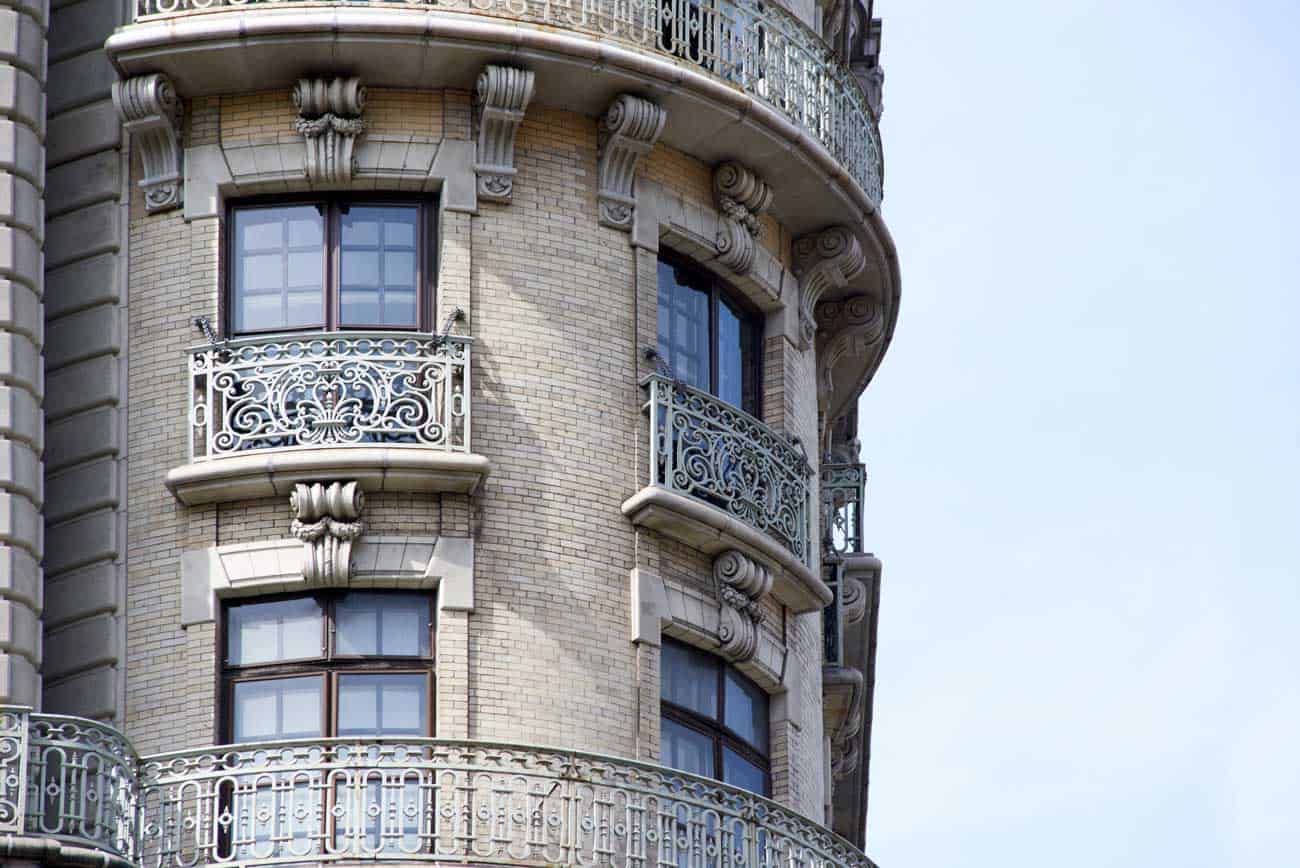Ancient High-Tech Grit Refined
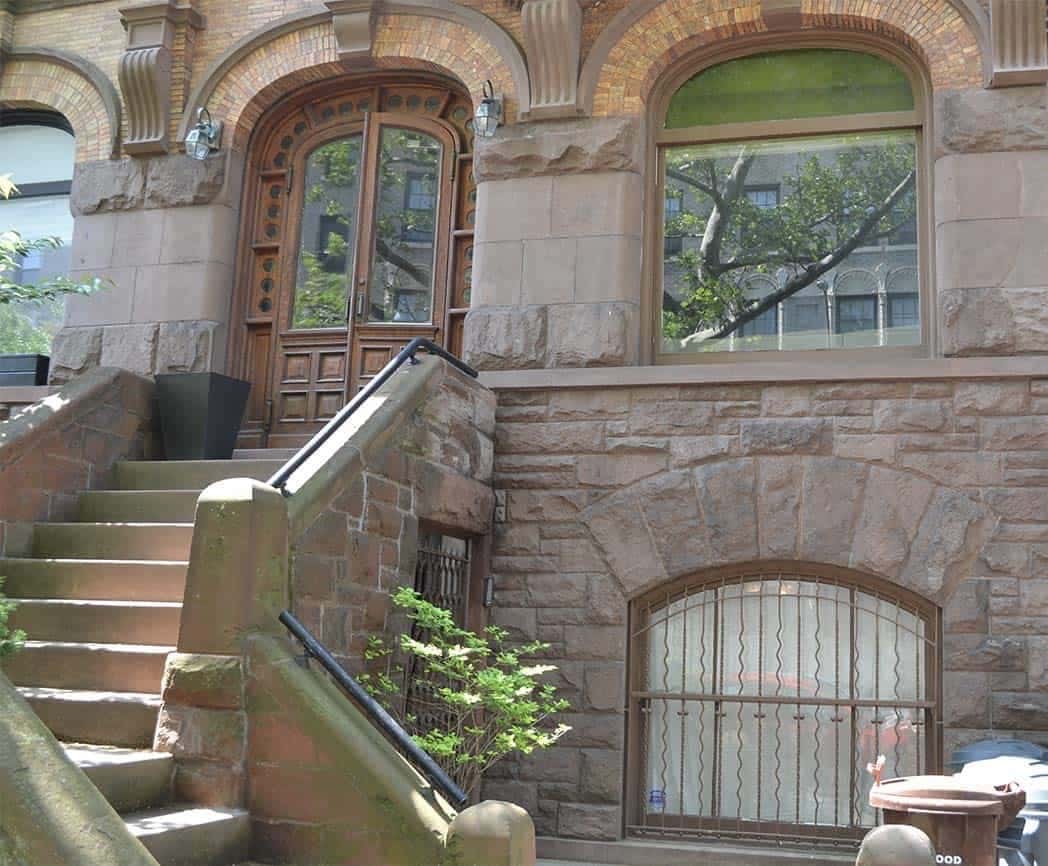
An Ancient Wonder
The history of glass windows is a fascinating journey that dates back to prehistoric times when the concept of glass itself was first discovered. However, the glass used by ancient civilizations was far from the transparent material we are familiar with today. Instead, early humans utilized naturally occurring volcanic glass like obsidian for crafting weapons, jewelry, and even currency.
The first man-made glass emerged around 3500 BC in Eastern Mesopotamia and Egypt, marking a pivotal moment in the evolution of this versatile material. Initially, windows were simple openings in roofs to allow daylight in.
Learn more in this highly detailed guide.
Over time, windows evolved to combine both functionality and aesthetics. Early window constructions utilized various translucent materials such as animal horn, paper, thin slices of marble, or even pieces of glass set within wooden, iron, or lead frameworks. In the Far East, paper was commonly used to fill windows, showcasing the diverse cultural approaches to window design and construction.
The Romans were pioneers in the use of glass for windows, with evidence of cast-glass windows appearing in Alexandria around 100 CE. However, these early glass windows were crude and had poor optical properties, resembling little more than flattened glass jars. However, they did admit hight and keep out unwanted guests.
It wasn’t until the 4th century that stained glass emerged as a dominant art form, particularly in the construction of early churches throughout Europe. Stained glass windows adorned these sacred spaces, depicting beautiful biblical scenes and stories, enriching both religious and architectural landscapes. As scientific advancements were made, the technique of coloring the glass with various minerals became a widely used artistic medium.
The journey towards transparent glass windows as we know them today was a slow and gradual process. It wasn’t until the early 17th century that window glass manufacturing began in Britain, marking a significant shift towards the widespread use of glass windows in architecture.
One pivotal development in the history of glass windows was the introduction of crown glass in 1674. This innovative process involved blowing a sphere of molten glass into a bubble, which was then spun into a circular sheet. This technique revolutionized window production, paving the way for more efficient and uniform glass manufacturing.
However, the window tax in Great Britain, spanning from 1696 to 1851, did not help their proliferation among the working class. A tax was imposed based upon the number of windows in the dwelling. Consequently, individuals resorted to boarding up windows and constructing dwellings with minimal window openings, adversely affecting both health and visual appeal.
The 20th century saw further advancements in glass technology with the introduction of the ‘drawing’ process in 1904. This method involved drawing sheets of glass through a molten tank, creating uniform glass sheets that were cooled rapidly for use in various applications.
Today, homeowners have a plethora of glass options to choose from for their windows, catering to different needs and preferences. From laminated glass for enhanced safety and security to tempered glass for increased durability, the possibilities are endless. Obscured glass provides privacy while still allowing light transmission, while Low-E glass helps improve energy efficiency by reducing heat transfer.
The evolution of glass windows from humble beginnings to the sophisticated options available today is a testament to human ingenuity and technological advancement. From obsidian blades to high-tech glass solutions, the journey of glass windows reflects our ongoing quest for innovation and improvement in architectural design and construction.


